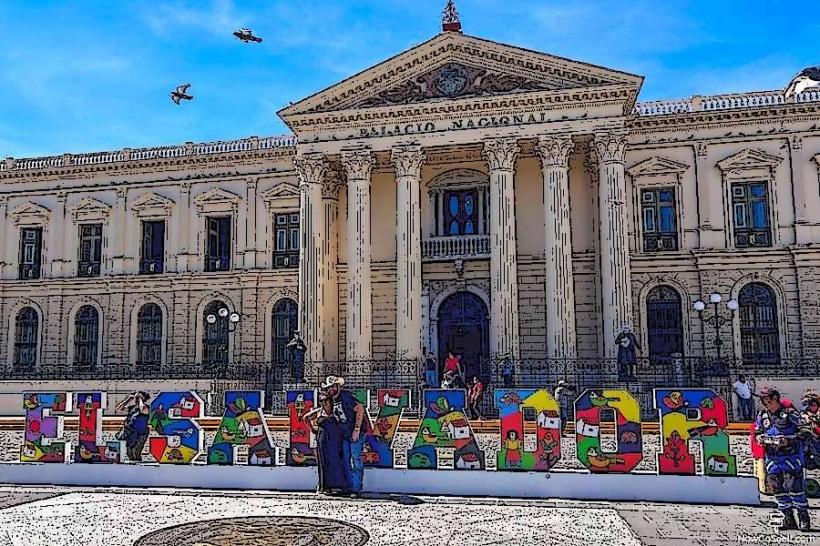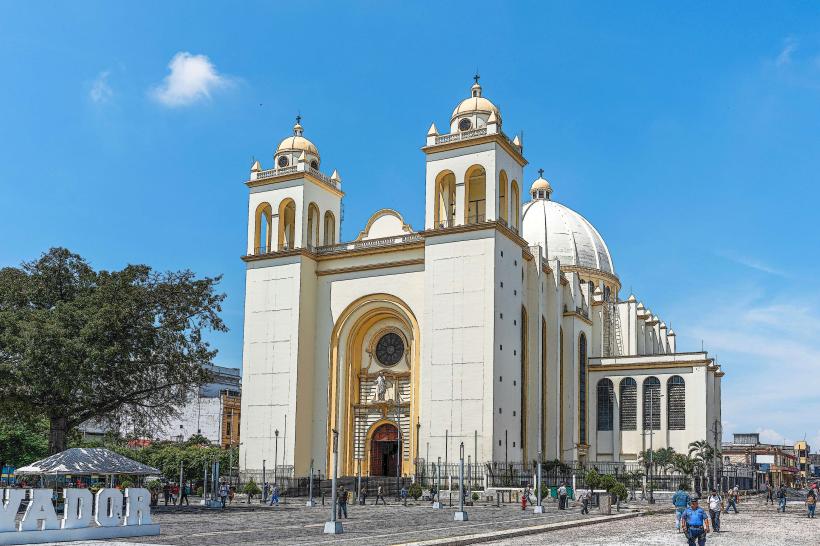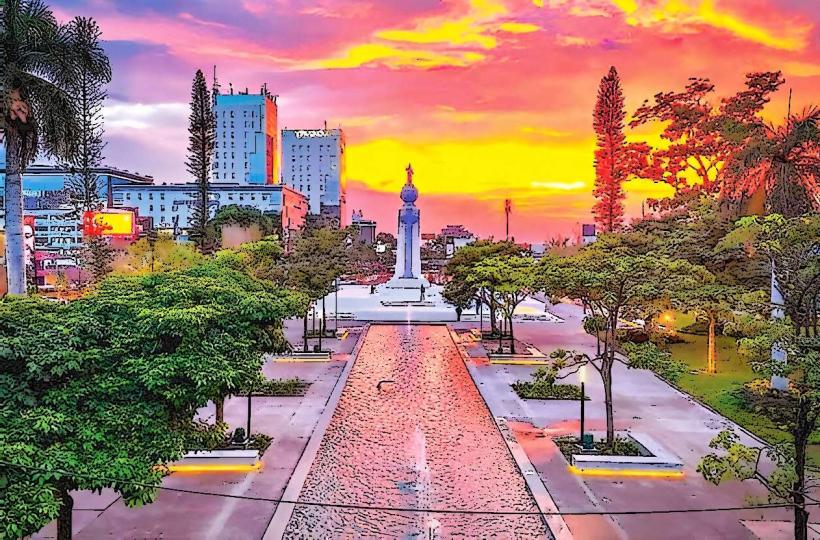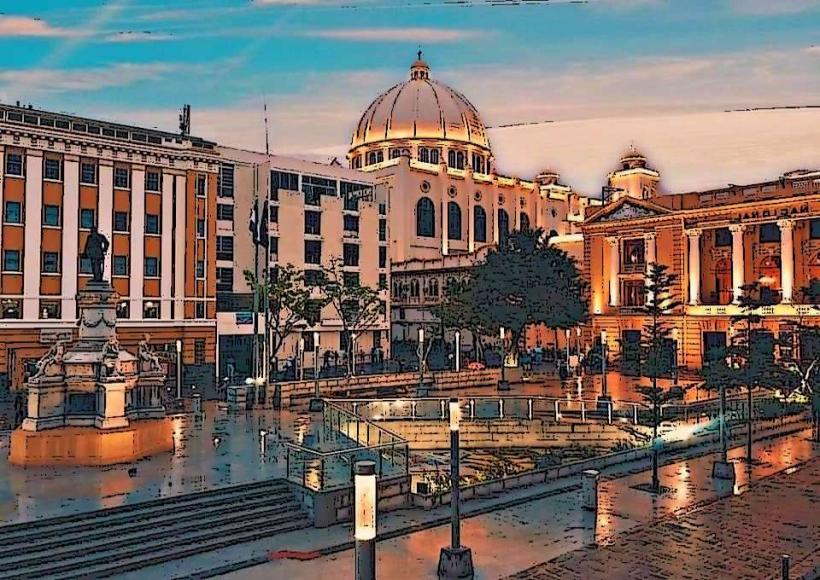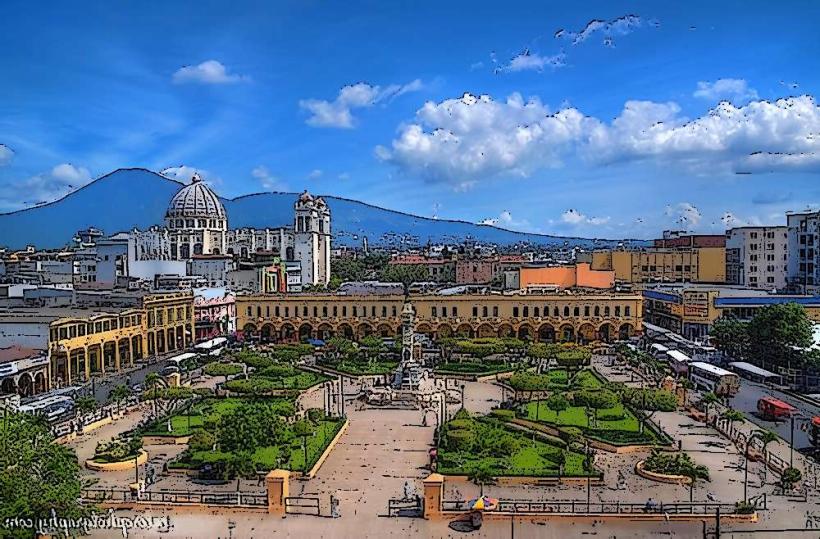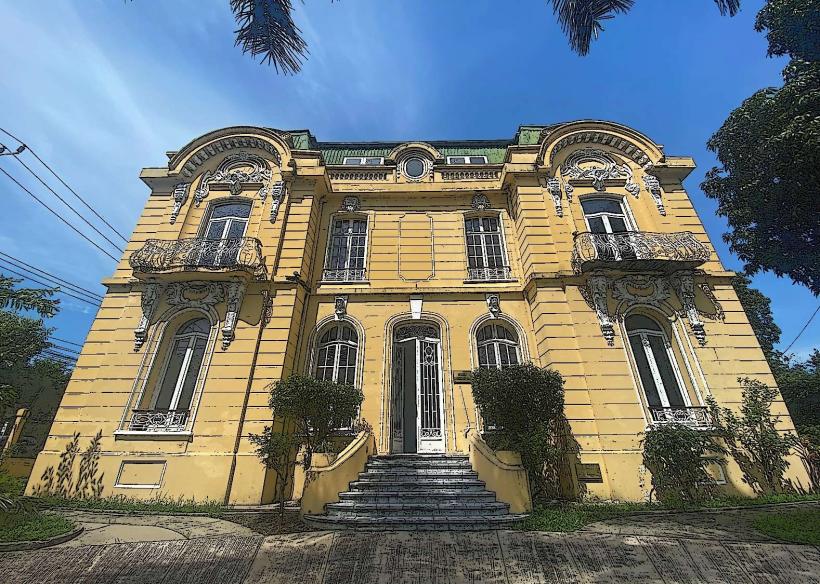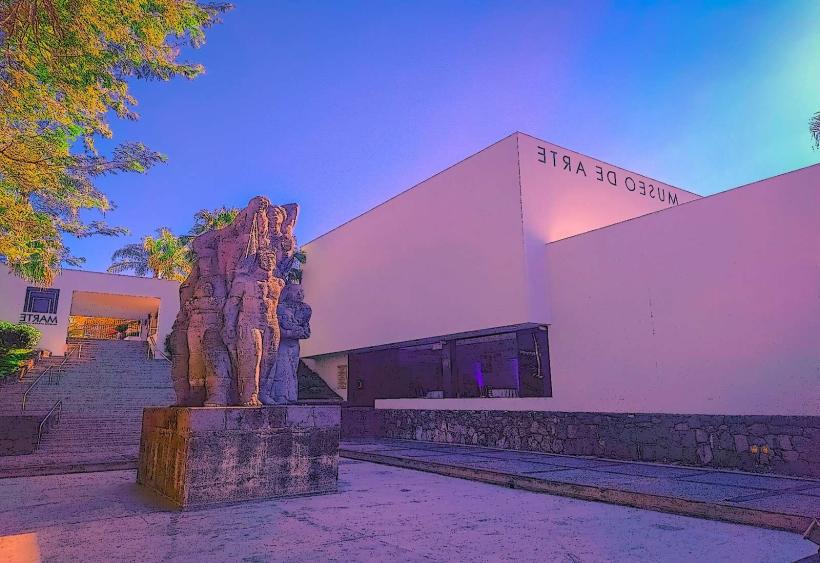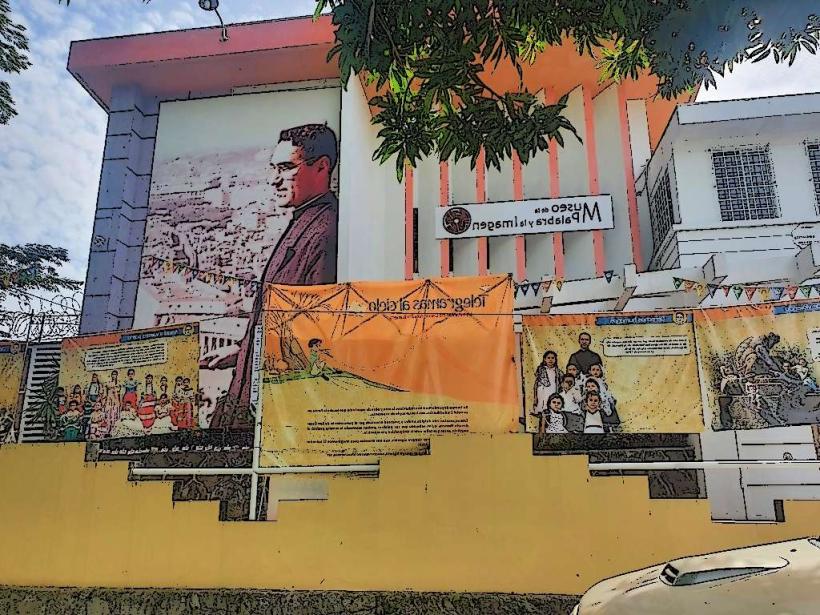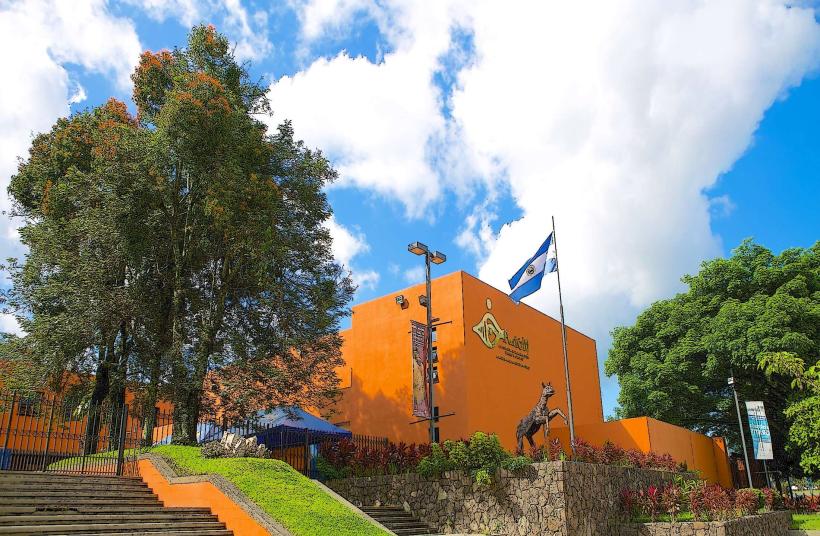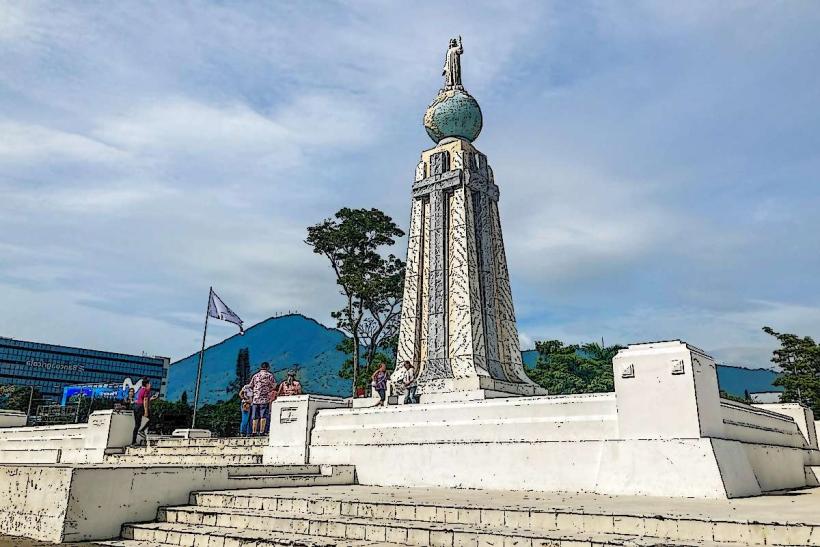Information
Landmark: Iglesia de El SalvadorCity: San Salvador
Country: El Salvador
Continent: North America
Iglesia de El Salvador – A Historic Landmark in El Salvador
Iglesia de El Salvador (Church of El Salvador) is a significant historical and architectural landmark located in San Salvador, the capital city of El Salvador. This church is one of the oldest and most iconic religious buildings in the country, reflecting the rich history, culture, and religious traditions of the Salvadoran people.
Key Features of Iglesia de El Salvador
1. Historical Significance
- The Iglesia de El Salvador was established during the colonial period, with its origins tracing back to the 16th century. It is one of the oldest churches in the capital and is considered a symbol of Salvadoran history and Catholic heritage.
- The church played an important role in the religious and social life of San Salvador and was originally part of a larger religious complex. It remains a focal point for local Catholic traditions and is especially significant in the city’s religious celebrations.
2. Colonial Architecture
- The church features colonial-era architecture, with a blend of Spanish baroque and neoclassical styles. Its facade includes decorative arches, statues, and carvings that reflect the artistic style of the era.
- Inside, the church has a spacious nave with a wooden altar, religious paintings, and ornate carvings that evoke the artistic heritage of the colonial period. The vaulted ceilings and high arches create a grand and serene atmosphere.
3. Role in Religious and Cultural Life
- Iglesia de El Salvador continues to serve as an active place of worship and is a central location for Catholic services, including masses, baptisms, and other religious ceremonies. It is also an important venue for community events and religious festivals.
- The church is famous for hosting the celebration of El Salvador’s patron saint, El Salvador del Mundo, during important religious holidays, particularly in August when the city celebrates the Feast of the Divine Savior with parades, processions, and masses.
4. Religious Art and Iconography
- The church is home to beautiful religious artwork, including paintings, sculptures, and wooden carvings depicting scenes from the life of Christ and various saints. These artworks enhance the spiritual atmosphere of the church and serve as an important part of the country’s religious identity.
- The altar and surrounding decorations include depictions of saints and biblical scenes, with particular emphasis on the Divine Savior, as the church is named after this figure.
5. The Surrounding Area
- Iglesia de El Salvador is located in a central area of San Salvador, making it an easy stop for those exploring the city’s historic sites. The church is near other important landmarks, such as the National Palace, Plaza Libertad, and Catedral Metropolitana (Metropolitan Cathedral).
- The church also overlooks a square, providing an open space for local gatherings and offering a picturesque view of the church's facade.
Nearby Attractions and Activities
- Catedral Metropolitana: The Metropolitan Cathedral of San Salvador is another important religious and architectural landmark in the city, located near Iglesia de El Salvador.
- Plaza Libertad: A historical square in the center of San Salvador, where visitors can enjoy the surrounding buildings, fountains, and statues that commemorate key moments in the country’s history.
- National Palace: The National Palace is a grand building near Iglesia de El Salvador, home to the government and a place of historical significance in the country.
How to Visit Iglesia de El Salvador
Location:
- Iglesia de El Salvador is located in the historic center of San Salvador, near Plaza Libertad. It can be easily accessed from various parts of the city by walking or by car.
Best Time to Visit:
- The church is open year-round and can be visited at any time, but it is especially busy during religious holidays such as August (for the Feast of El Salvador del Mundo). Visitors interested in experiencing the church's religious and cultural celebrations should plan their visit accordingly.
Conclusion
Iglesia de El Salvador is not only a place of worship but also an important part of San Salvador’s cultural and historical identity. With its colonial architecture, religious significance, and role in local festivities, the church offers visitors a glimpse into the spiritual life of the Salvadoran people and the country’s Catholic heritage. Whether you are interested in history, architecture, or religious traditions, a visit to Iglesia de El Salvador is a meaningful experience in the heart of El Salvador’s capital city.

